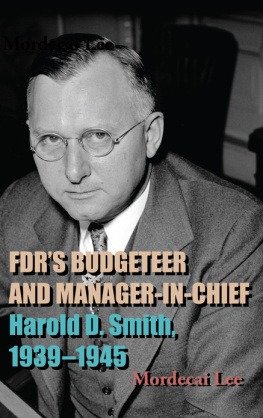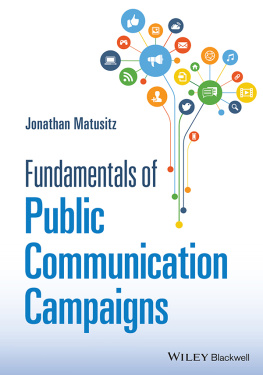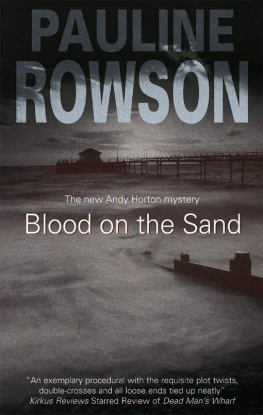Mordecai Lee - Promoting the War Effort: Robert Horton and Federal Propaganda, 1938-1946
Here you can read online Mordecai Lee - Promoting the War Effort: Robert Horton and Federal Propaganda, 1938-1946 full text of the book (entire story) in english for free. Download pdf and epub, get meaning, cover and reviews about this ebook. year: 2012, publisher: LSU Press, genre: Politics. Description of the work, (preface) as well as reviews are available. Best literature library LitArk.com created for fans of good reading and offers a wide selection of genres:
Romance novel
Science fiction
Adventure
Detective
Science
History
Home and family
Prose
Art
Politics
Computer
Non-fiction
Religion
Business
Children
Humor
Choose a favorite category and find really read worthwhile books. Enjoy immersion in the world of imagination, feel the emotions of the characters or learn something new for yourself, make an fascinating discovery.

- Book:Promoting the War Effort: Robert Horton and Federal Propaganda, 1938-1946
- Author:
- Publisher:LSU Press
- Genre:
- Year:2012
- Rating:5 / 5
- Favourites:Add to favourites
- Your mark:
Promoting the War Effort: Robert Horton and Federal Propaganda, 1938-1946: summary, description and annotation
We offer to read an annotation, description, summary or preface (depends on what the author of the book "Promoting the War Effort: Robert Horton and Federal Propaganda, 1938-1946" wrote himself). If you haven't found the necessary information about the book — write in the comments, we will try to find it.
Though historians have largely overlooked Robert Horton, his public relations campaigns remain fixed in popular memory of the home front during World War II. Utilizing all media -- including the nascent technology of television -- to rally civilian support, Hortons work ranged from educational documentary shorts like Pots to Planes, which depicted the transformation of aluminum household items into aircraft, to posters employing scare tactics, such as a German soldier with large eyes staring forward with the tagline Hes Watching You. Iconic and calculated, Hortons campaigns raise important questions about the role of public relations in government agencies. When are promotional campaigns acceptable? Does war necessitate persuasive communication? What separates information from propaganda? Promoting the War Effort traces the career of Horton -- the first book-length study to do so -- and delves into the controversies surrounding federal public relations.
A former reporter, Horton headed the public relations department for the U.S. Maritime Commission from 1938 to 1940. Then -- until Pearl Harbor in December 1941 -- he directed the Division of Information (DOI) in the Executive Office of the President, where he played key roles in promoting the New Deal, President Franklin D. Roosevelts unprecedented third-term reelection campaign, and the prewar arms-production effort. After Pearl Harbor, Hortons DOI encouraged support for the war, primarily focusing on raising civilian and workforce morale. But the DOI under Horton assumed a different wartime tone than its World War I predecessor, the Committee on Public Information. Rather than whipping up prowar hysteria, Horton focused on developing campaigns for more practical purposes, such as conservation and production. In mid-1942, Roosevelt merged the Division and several other agencies into the Office of War Information. Horton stayed in government, working as the PR director for several agencies. He retired in mid-1946, during the postwar demobilization.
Promoting the War Effort recovers this influential figure in American politics and contributes to the ongoing public debate about government public relations during a time when questions about how facts are disseminated -- and spun -- are of greater relevance than ever before.
Mordecai Lee: author's other books
Who wrote Promoting the War Effort: Robert Horton and Federal Propaganda, 1938-1946? Find out the surname, the name of the author of the book and a list of all author's works by series.








![Ivor Horton [Ivor Horton] - Ivor Horton’s Beginning Java®, Java 7 Edition](/uploads/posts/book/119392/thumbs/ivor-horton-ivor-horton-ivor-horton-s.jpg)




